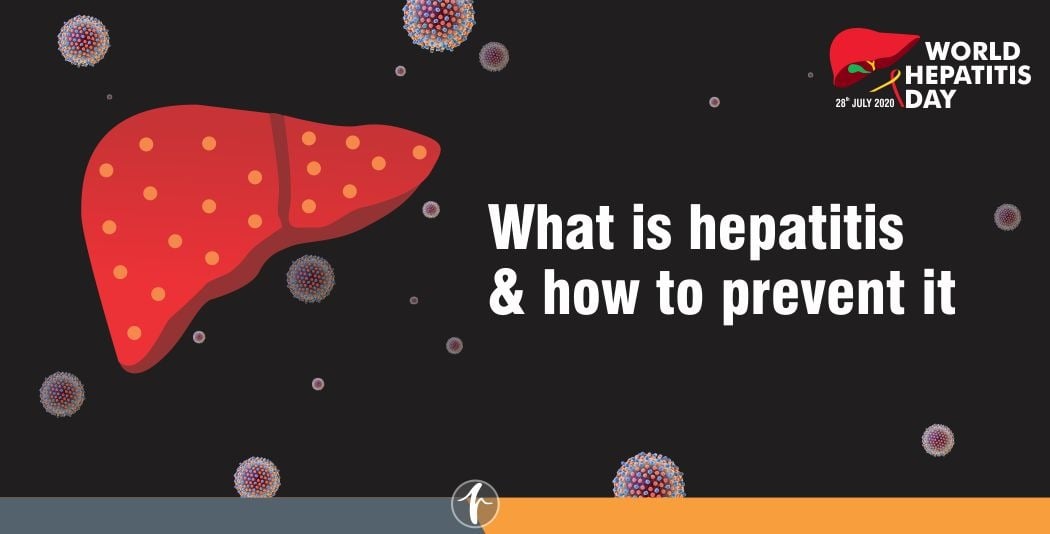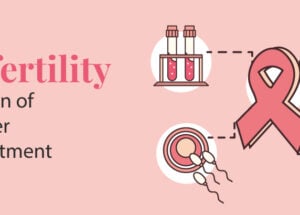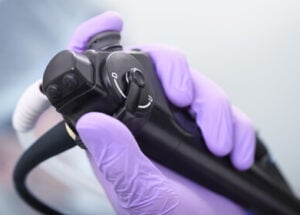What is Bone Marrow Transplant? Procedure, Types, and Risks
April 3, 2025

A bone marrow transplant is a treatment option for people with cancer or other serious diseases. A bone marrow transplant is a procedure in which cells found in the bone marrow (stem cells) are filtered and given back to the donor or another person. The goal of BMT is to replace unhealthy bone marrow cells with healthy ones to help a person overcome a problem with their bone marrow.
Bone marrow is the soft, fatty tissue found inside bones. It helps to create new blood cells and plays a role in the health of the bone.The bone marrow produces blood cells. Stem cells are immature cells that can give rise to different blood cells.
What is Bone Marrow?
Bone marrow is a soft, sponge-like tissue found inside bones. Most blood cells in the body are developed and stored. Stem cells are the cells that make other blood cells.
- Renewal: It can reproduce another cell identical to itself.
- Differentiation: It can give rise to one or more subsets of more mature cells.
What are Stem Cells?
Stem cells are unique cells that can reproduce themselves and change into the many different kinds of cells your body needs. There are several different types of stem cells, each found in various body parts at different times. For example, cancer and cancer treatment can damage your hematopoietic stem cells, which are cells that can become either blood cells or other types of cells in the body.
Red blood cells transport oxygen to all parts of your body. For example, they help you to exhale carbon dioxide from your lungs. White blood cells are a part of your body’s natural defense system. They fight viruses and bacteria that can make you sick. In addition, platelets form clots to stop bleeding.
How Are Donors and Recipients Matched?
Matching a donor and recipient for transplantation is based on human leukocyte antigen (HLA) typing. HLAs are proteins found on the surface of certain white blood cells that help determine a person’s immune system makeup. While there are over 100 different HLA antigens, only a few key ones play a major role in donor compatibility. The remaining antigens are considered “minor,” and their exact impact on transplant success is still being studied.
Researchers continue to explore the role of all HLA antigens in bone marrow transplantation. A greater number of matching antigens enhances the likelihood of successful engraftment, allowing transplanted stem cells to reach the bone marrow and generate new blood cells.
Since most immune system-related genes are located on a single chromosome, a person inherits one set from each parent. As a result, full siblings have a 25% chance of inheriting the same HLA markers, making them an ideal match for transplantation.
Different Types of Bone Marrow Transplants
- Autologous bone marrow transplant: Autologous is one of the transplants of bone marrow that occurs when the patient’s bone marrow is used. Stem cells are removed before you receive high-dose chemotherapy or radiation treatment. They are stored in a freezer. After having high-dose chemotherapy or radiation treatments, your stem cells are put back in your body to make new blood cells.
- Allogenic bone marrow transplant: The term “allo” refers to others. Stem cells are removed from another person and then used to create new tissue or organs. Most of the time, the donor’s genes must be at least partly similar to your genes for the transplant to work. Some special tests are done to see if a potential donor is a good match for you. Brothers or sisters are most likely to match well. Sometimes, parents, children, and other relatives are good for each other. If you are not related to the person you are donating to, you may be able to find a suitable donor through national bone marrow registries.
- Umbilical cord blood transplant: This is a type of allogeneic transplant. Stem cells are removed from a newborn baby’s umbilical cord right after birth. The stem cells are frozen and stored until needed for a transplant. Umbilical cord blood cells are immature, so there is less need for perfect matching. Due to the smaller number of stem cells, blood counts take longer to recover.
A stem cell transplant is usually done after cancer treatment is complete. The stem cells are delivered into your bloodstream through a central venous catheter tube. The process is similar to getting a blood transfusion. The stem cells travel through the blood and into the bone marrow. In most cases, no surgery is required.
Donor Stem Cells are Collected in Two Ways
- Bone Marrow Harvest: This minor surgery is performed under general anesthesia. The bone marrow is removed from the back of both hip bones. The amount of marrow removed depends on the person’s weight when receiving it.
- Leukapheresis: The donor is given several days of shots to help move blood cells from the bone marrow into the bloodstream. Blood is removed from the donor through an intravenous line during this process. The white blood cells that contain stem cells are removed from the recipients in a machine and given to them later. The red blood cells are returned to the donor’s body.
Diseases That Can Be Better Managed with a Bone Marrow Transplant
- Leukaemia
- Severe aplastic anemia
- Lymphomas
- Multiple myeloma
- Immune deficiency disorders
- Some solid-tumour cancers
Risk Factors of Bone Marrow Transplant
- Chest pain
- Lowering blood pressure
- Fever, chills, flushing
- Headache
- Hives
Complications from a bone marrow transplant depend on many things, including:
- Age
- Overall health
- How good of a match was your donor?
- The type of bone marrow transplant you received (autologous, allogeneic, or umbilical cord blood)
The Procedure Before the Transplant
You’ll start with a process called conditioning. This usually involves a high dose of chemotherapy, and maybe radiation, for about 10 days. But, again, it’s conditioning makes room for new cells to grow in your bone marrow. It also weakens your immune system and keeps your body from fighting the new cells. But, again, it is different for everyone and is based on your overall health and treated condition.
Side effects of conditioning may include:
- Mouth sores
- Nausea and vomiting
- Trouble eating
- Hair loss
- Lung or breathing problems
- Premature menopause
- Fertility problems
After a few days of rest, you’ll get new blood stem cells through the central venous catheter. You will probably wake up because of this, but it shouldn’t hurt. As the new cells reach your marrow, they’ll grow into red and white blood cells and platelets. Engraftment can take 2 to 4 weeks.
Frequently Asked Questions
1. What is the survival rate after a bone marrow transplant?
After the transplant, the survival rates for patients with acute leukaemia in remission are 55% to 68% if the donor is related and 26% to 50% if the donor is unrelated.
2. How serious is a bone marrow transplant?
A bone marrow transplant can be risky. Some people have minimal problems after a bone marrow transplant, while others can have serious complications that require treatment or hospitalization. Sometimes, complications can be life-threatening.
3. How painful is a bone marrow transplant?
The patient does not feel severe pain. A small incision is made, through which a wide-bore needle is inserted into the bone marrow. The needle is removed, and the collected stem cells are syringed. The donor may experience pain after the anesthesia wears off. It may be necessary to take painkillers for the next few days.







